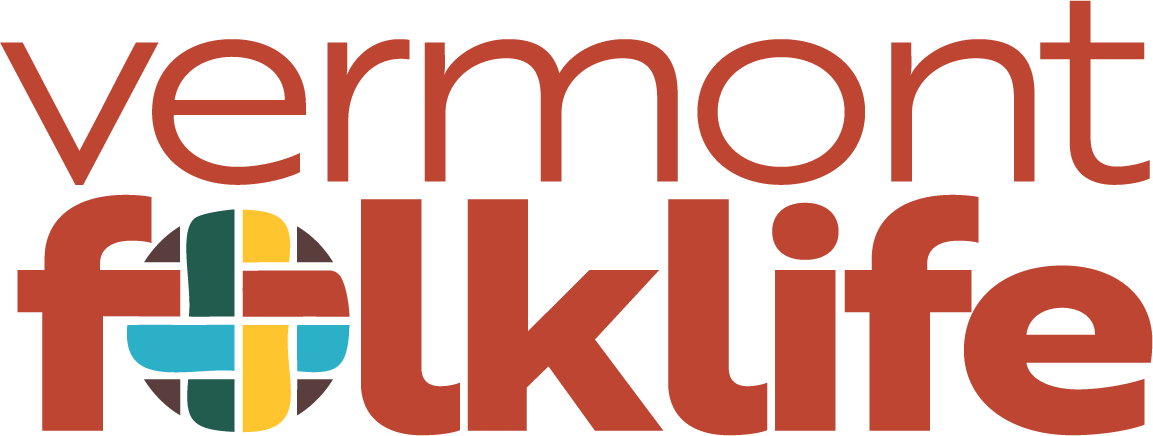In Their Own Words
In Their Own Words is a collection of personal histories from refugees who are living in Vermont. These narratives offer a glimpse into the remarkable diversity of life experiences that refugees bring to our community. While most Vermonters will never know how it feels to be a refugee, there is value in trying to consider perspectives that differ greatly from our own. These individuals have offered to share their lives as a way to deepen public understanding of a group of Vermonters that is growing every day.
Pairing photographs and interview excerpts, In Their Own Words profiles the experience of families and individuals whose lives have been disrupted by warfare, political violence, or discrimination and have come to Vermont as refugees. They hail from places as diverse as Somalia, Bosnia, Burundi, Rwanda, Vietnam, Sudan, and Uzbekistan and share the common challenge of starting new lives in a very different cultural setting.
The exhibit consists of thirteen groups of images, each featuring a different family or individual. The focal point of each set is a photographic portrait, which is accompanied by interview text presenting an important aspect of this person’s experience. Two additional photographs are the joint creation of photographer and subject adding another layer of visual information to the story.
The photographs in this exhibit were all created in 2007 and began when photographer Ned Castle met two brothers from Rwanda. As Ned’s friendship with these young men deepened, he was drawn into their stories and created a pairing of image and text to honor them. Working with the assistance of the Vermont Refugee Resettlement Program and the Association of Africans Living in Vermont, Ned’s network of connections expanded and the photographic project grew from there.
Educational Resources:
Educational Guide: Full Version
Educational Guide: Supplementary Materials ONLY
Exhibition Excerpt Text
Unabridged Personal History Text
The educational materials designed around the exhibit focus on three primary questions for students and teachers to explore: what does it mean to be a refugee; what does it mean to be a Vermonter; and what kinds of stories can photographs tell? The educational guide is designed to aid teachers by providing discussion questions and activities that can be used prior to, during, and following a field trip to see the exhibit. These materials are merely a guidepost and teachers are encouraged to personalize these materials to fit the needs of their class.
IMPORTANT NOTE: Some of the written content of the exhibit contains information that should be approached carefully with younger students. Educational materials have been prepared for all age ranges (including PreK-4); however, teachers should take care when approaching concepts and learning experiences that are more naturally suited for older audiences.
